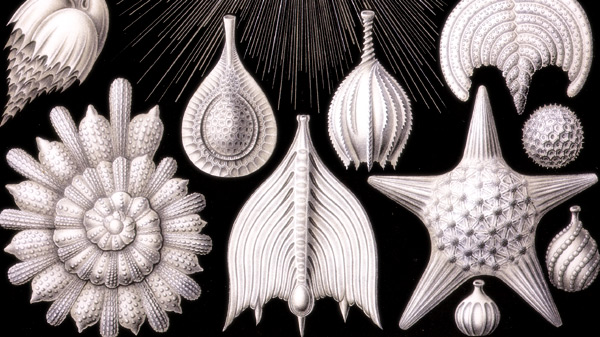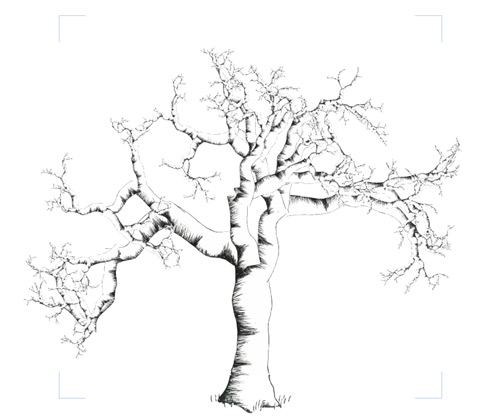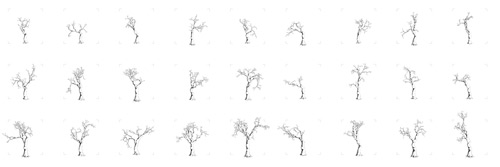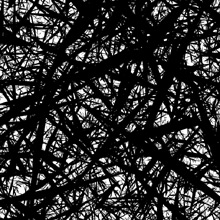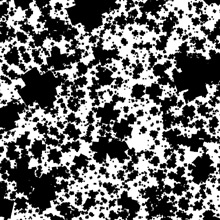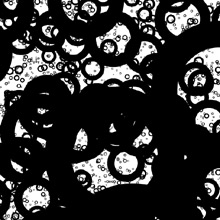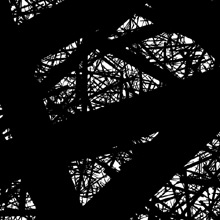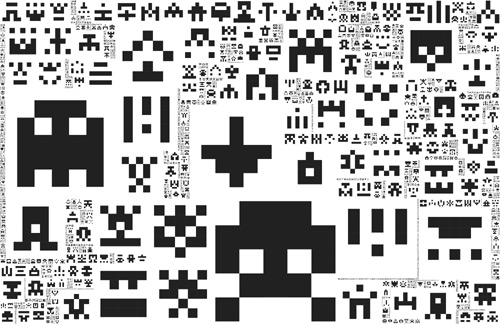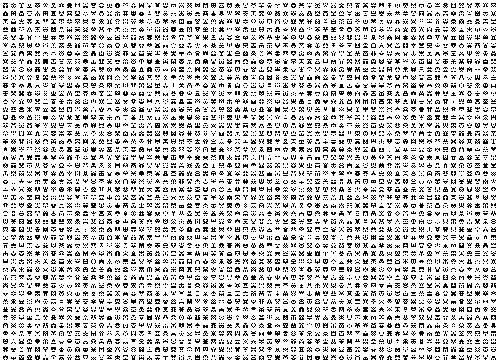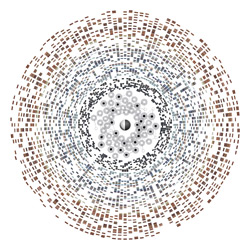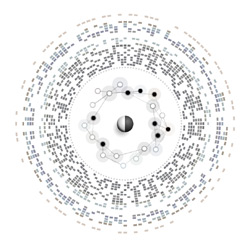One of my favorite areas of computer science is combinatorics, or the complete manifestation of all possible combinations in a discrete system. Here, I have created a small 15-bit combinatoric system of constructions affectionately called Invaders.
The Invaders in turn occupy Spaceships, that recursive fit into a region, giving the fractal-like appearance of the first image above.
The entire process, from the mathematics of putting together each Invader, to the naming of the layers in the project file, is explained in detail within the pages of the chapter. Variations of the theme exist on the CD-ROM that accompanies the book.
|
